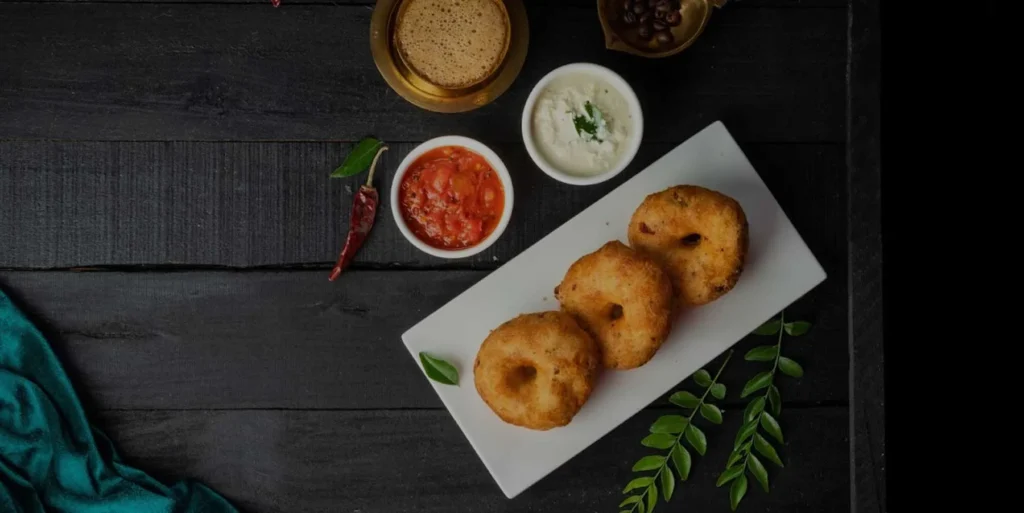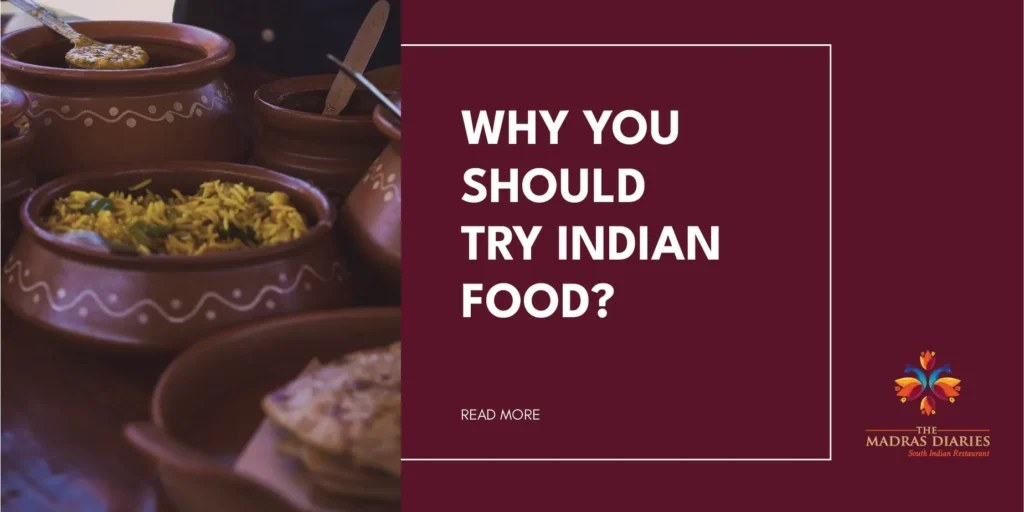Indian cuisine is considered one of the best in the world and with reason! The cuisines that span the Indian subcontinent are multifarious and come with their unique ingredients, tastes, aromas, and flavours. A good way to experience the local cuisine while traveling in India or even at an Indian restaurant abroad is through the celebrated Indian mini-buffet on a plate, known as Thali.
What is a Thali and what is its significance?
A thali roughly translates to a ‘plate’ made of steel or silver on which food is served. It comprises one big platter that holds portions of all courses of a meal. It is not just aesthetically pleasing but a delight to all the senses. Each state in India has its own unique version of the thali, but thalis supposedly originated in South India where rice was in the centre of the thali.
Though Thalis can span various regional cuisines, the uniting factor is the overall appearance – a big, mostly circular silver plate with smaller bowls or ‘katoris’ that contain an array of dishes, neatly arranged for the room to add hot rice or bread in the centre.
A thali is generally reserved for festivities and celebrations and prepared using fresh, native, and seasonal ingredients.
Indian food and culture are centered around the six tastes or ‘rasas’ and the ancient practice of Ayurveda considers taste as a therapeutic tool that determines not just the flavour of food but our existence too. Rasas are considered critically important in determining the effect that various foods, spices, therapeutic herbs, and experiences will have on our state of balance—body, mind, and spirit.
The thali is an accurate representation and celebration of these six tastes (sweet, sour, salty, pungent, bitter, and astringent), which are essential for a balanced meal and a balanced body.
Here are a few ingredients that fit into the different rasas or tastes:
Sweet: Fruit, Jaggery
Sour: Curd or yogurt, Buttermilk, Citrus fruit, Tamarind
Salty: Salt, Mustard
Pungent: Pepper, Ginger, Garlic, Asafoetida peppers
Bitter: Bitter gourd, Brinjal
Astringent: Turmeric, Green Banana
A thali encompasses the ancient Indian aspects of nutrition and reinstates:
- A variety of textures and flavours in food
- Nutritionally balanced meals
- Portion control while satiating hunger
The South Indian Thali:
Thalis are believed to have originated in the South of India and rice is to South Indians what pasta is to Italians. No meal is complete without traditional short, grained fluffy white rice that balances perfectly with the accompanying sides on a Thali. While Thalis are intrinsically vegetarian, non-vegetarian thalis are also gaining popularity for accommodating the tantalizing meat dishes from South Indian culinary fare.
A traditional South Indian Thali consists of:
Grains: Primarily rice or thin flatbread
Lentils: Dal or Sambar
Vegetables: Seasonal preparations of multiple vegetables
Chutney: A savoury relish of ground vegetables, coconut, and spices
Raita: Yogurt mixed in with salad, vegetables, and seasoning
Sweets: Traditionally prepared homestyle sweets, sometimes made with jaggery
All the above make up the treasured thali and incorporate the Ayurvedic rasas into their dishes for an authentic thali experience.
How is Thali Served in South India?
Indian customs and traditions dictate that all meals begin with sweets so as to ring in a sweet note to the festival or celebration. Traditionally prepared sweets are eaten first before moving on to the rest of the sumptuous thali.
After the first bite of sweet, hot piping rice is served with spiced lentil powder and ghee or clarified butter. The servings of rice are usually limitless and eaten generously to supplement the array of accompanying vegetable and curry preparations.
Dal and sambar are a must, followed by rasam, an aromatic tomato broth that serves as both a digestive and meal finisher. Yogurt or curd and buttermilk are a must and aid the digestion process. Piquant pickles also grace the thali and are prepared the traditional way using seasonal ingredients.
The thali usually ends with a serving of payasam – a South Indian milk pudding that is creamy, decadent, and has a lingering mouthfeel after the spread of a thali.
Thalis are an ode to the traditions and recipes of ages past and are enjoyed through communal cooking and dining. On festive occasions in India, all family members gather to prepare, serve and enjoy this memorable meal. Each dish holds memories along with delicious flavour and is enjoyed with much gusto.
An entire Thali is not for the weak-hearted though. Ensure that you bring a large appetite to the table before sitting down to enjoy this sumptuous feast!
We hope you enjoyed learning about the fascinating thalis of India. Come over to The Madras Diaries to taste a slice of Indian culture and cuisine in Amsterdam!



